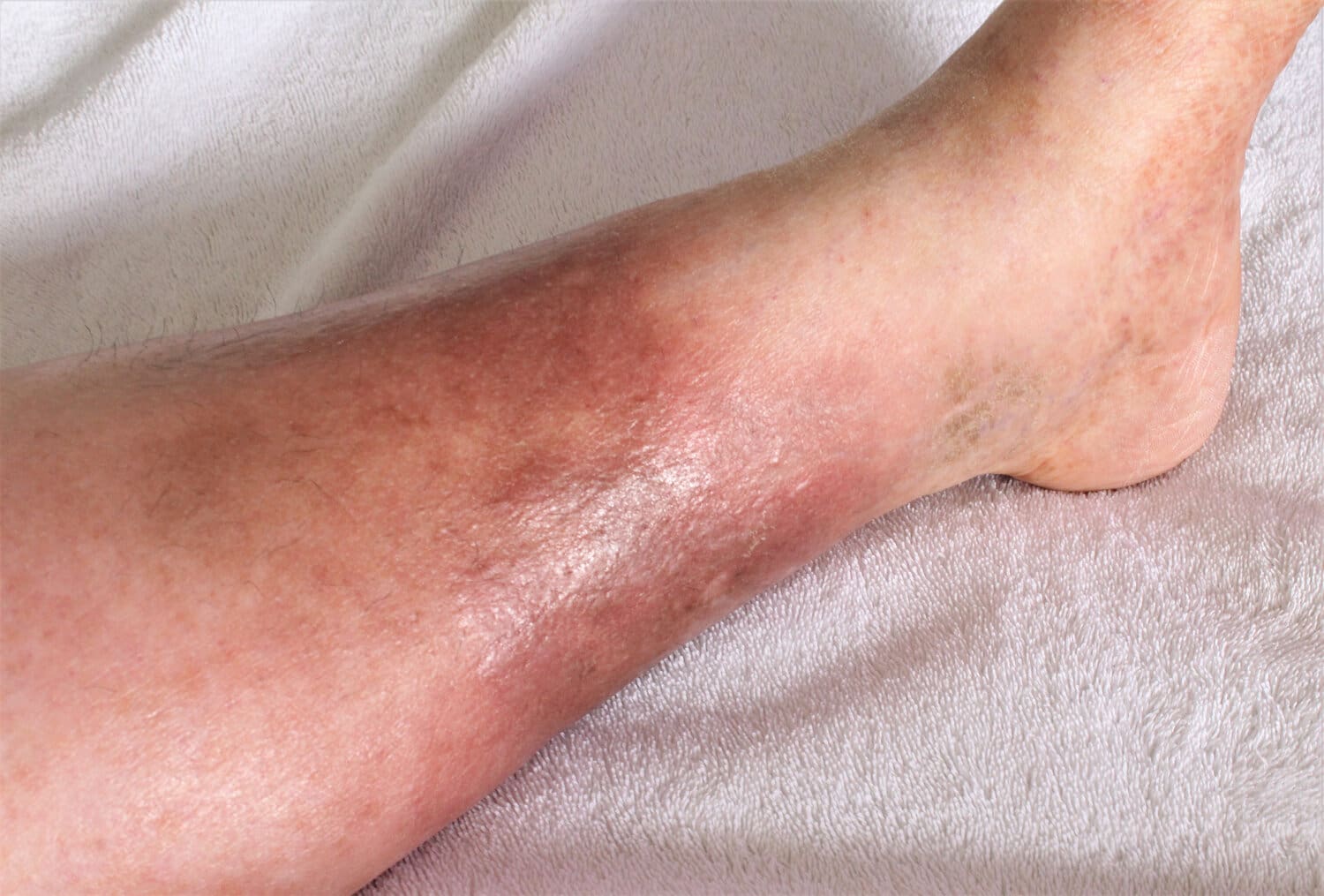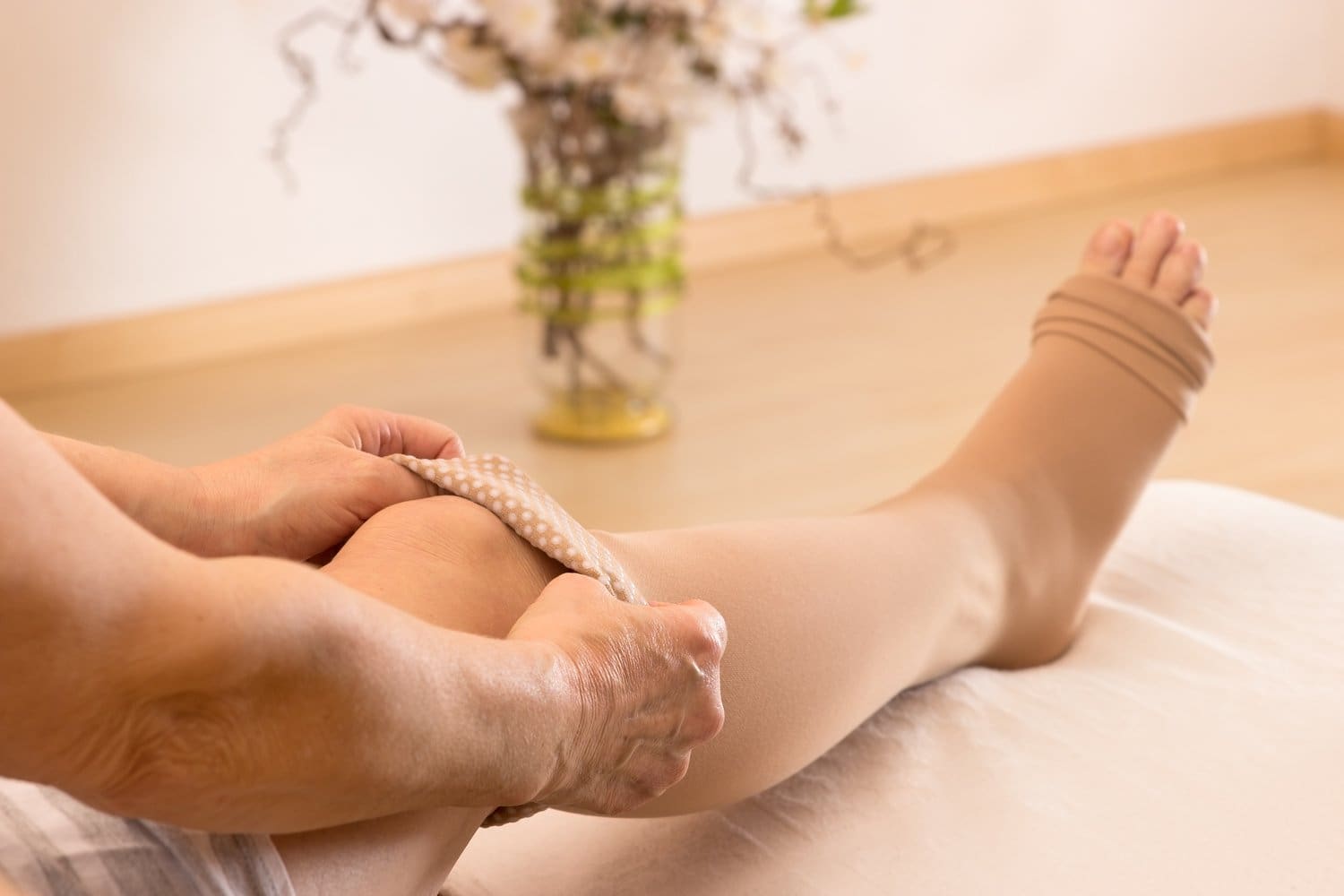Blood clots 一 also known as a thrombus 一 are notorious for the damage they can cause, but not all blood clots are the same. There are three main types of blood clots: venous thromboembolism, pulmonary embolism, and coronary thrombosis.
When most people think about blood clots, they think of coronary thrombosis, which is a blockage of an artery in the heart, which can cause a heart attack. Venous thrombosis refers to a blockage in a vein, usually in your legs.
Today, in honor of National Deep Vein Thrombosis (DVT) Awareness Month, we are focusing on a type of venous thrombosis called deep vein thrombosis, or DVT.
Here’s what you need to know about DVTs, courtesy of our team of experts here at Vein Institute.
Deep Vein Thrombosis Explained
DVT refers to blood clots that form in a vein, usually a vein nestled deep within the muscle in your calf. Legs are a common location for DVT, but they can develop in the veins in your arms as well.
Causes and risk factors of DVT
Any conditions that affect your blood flow can increase your risk for developing a blood clot. Some of the most common causes and risk factors include:
-
Smoking
-
A high BMI (overweight or obese)
-
Age
-
Genetics
-
Pregnancy
-
Vein damage
-
Blood clotting disorders
-
Being on bed rest
Cancer (and cancer treatments) can also increase your risk of developing blood clots.
How to spot the signs of DVT
Although the thought of a blood clot can seem scary, it’s important to remember that a thrombus on its own isn’t necessarily life-threatening. Blood clots can be treated with medication or through a procedure to remove it.

DVTs in your leg can cause:
-
Swelling (usually just one side is affected at a time)
-
Muscle cramps
-
Skin changes, such as redness
-
A warm sensation in your leg
A DVT can become life-threatening if it breaks loose and travels to your lungs, where it can lead to a pulmonary embolism. Pulmonary embolisms 一 which cause sudden chest pain, rapid and/or difficulty breathing, and hemoptysis 一 are medical emergencies. This is why it’s important to seek swift medical attention if you spot the signs of a blood clot.
Treating DVTs: Know Your Options
Our team specializes in diagnosing and treating several types of vein disease, including blood clots.
Depending on the severity and location of your DVT, our team may recommend medications (e.g., blood-thinning medications or clot-busters) and compression stockings. In some cases, filters can be placed in your vein to prevent the clot from traveling to your lungs.
DVT treatments help eliminate painful symptoms, such as cramping, but treatments also help prevent the clot from getting bigger and breaking loose. Medical treatments and lifestyle modifications can also help reduce the chance of future clots too.
Preventing DVT
Although there are many effective treatments, prevention is also the best defense against DVT. One of the goals of National Deep Vein Thrombosis (DVT) Awareness Month is to help you learn prevention strategies so you can reduce risk of developing a blood clot.
You can reduce your risk of developing DVT (and other vascular issues) by:
Staying active
It’s no secret that regular exercise is good for your mind and body, and your vascular system is no exception. Regular exercise, even walking, is one of the best gifts you can give your veins.
Sitting for prolonged hours isn’t good for your veins. A sedentary lifestyle can increase your risk of a variety of vein problems, including varicose veins and blood clots. Whether you work at a desk, take frequent road trips, or fly often, try to stay active as much as possible and take frequent breaks to stand up and stretch your legs.
A tip about bedrest: If you’ve just had surgery, follow your surgeon’s instructions for post-op physical activity. Although you might not feel like getting up or walking right after surgery, staying active and moving is a great defense against blood clots.
Lose weight (if applicable)
Obesity and being overweight are two risk factors DVTs, and thankfully, these risk factors are within your control. If you’re overweight, losing weight can help reduce one of the DVT risk factors. Exercise can provide a one-two punch by improving your vascular health while helping you maintain a healthy weight.
Consider smoking cessation
If you currently smoke, consider a smoking cessation program. The state of Connecticut also offers free programs and hotlines to help you quit. The Connecticut Quitline is available free of charge 24/7.
Treat underlying conditions
If you have underlying conditions, such as varicose veins or chronic venous insufficiency, continue with all prescribed treatments, whether that’s medication or wearing compression stockings.

Need new stockings? Use our easy-to-use form.
Take Action Today
This month, take time to prioritize your vascular health in honor of National DVT Awareness Month. Go for an extra walk, eat more vein-friendly meals, or wear your compression stockings 一 all of these are great options to put your vein health first.
Questions about DVT? Call the Vein Institute location closest to you. You can also book your appointment online quickly and easily.

